
views
Converting Imperial and Metric Measurements
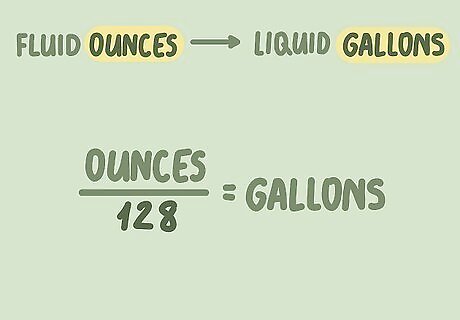
Divide by 128 to convert fluid ounces to gallons. There are 128 U.S. fluid ounces in one U.S. liquid gallon. So, if you know the volume of a liquid or a container in fluid ounces, simply divide the amount by 128 to convert to gallons. Example: The volume of a tank is 931 U.S. fluid ounces. Calculate the volume of the same tank in gallons.931 oz * (1 gallon / 128 oz) = 931 / 128 = 7.27 gallonsFinal answer: 7.27 gallons Imperial measurements can be confusing! There are “dry” ounces and gallons used to measure mass, and “liquid” ounces and gallons used to measure volume. There are also U.K. fluid ounces and gallons that don’t match their U.S. counterparts. The focus of this article is the U.S. liquid gallon. Helpful tip: It's important to remember the conversion factors for gallons and ounces. A single ounce (in gallons) is equal to 0.0078125; so, whenever you're converting gallons to ounces, multiply the number of ounces by 0.0078125. On the flip side, there are 128 ounces in a gallon, so divide the number of ounces by 128 whenever you'd like to convert to gallons.
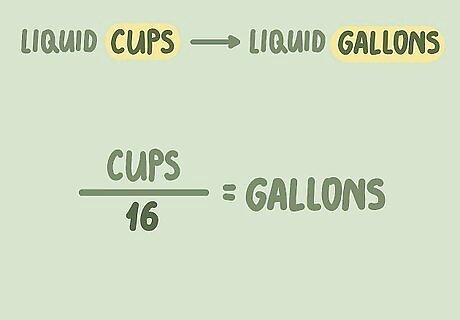
Divide U.S. liquid cups by 16 to determine gallons. As with ounces and gallons, keep in mind that there’s a difference between a liquid cup and a dry measure cup! To calculate the number of gallons from the number of (liquid) cups, simply divide the amount by 16. Example: The volume of a container is 88 cups. Calculate the number of gallons.88 cups * (1 gallon / 16 cups) = 88 / 16 = 5.5 gallonsFinal answer: 5.5 gallons
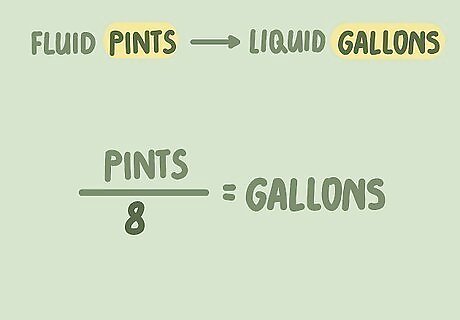
Convert pints to gallons by dividing by 8. A single U.S. fluid pint equals 2 U.S. fluid cups, which means there are 8 pints in every gallon. To find the volume in gallons when you have the volume in pints, divide the amount in pints by 8. Example: The volume of a tank is 72 pints. Find the number of gallons.72 pints = (1 gallon / 8 pints) = 72 / 8 = 9 gallonsFinal answer: 9 gallons
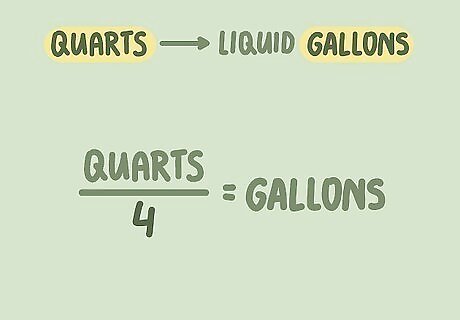
Divide by 4 to convert quarts to gallons. The name quart derives from “quarter gallon,” so this one should be easy to remember. Simply divide the volume in quarts by 4 to get the result in gallons. Example: The volume of a tank is 54 quarts. Convert this value into gallons.54 quarts * (1 gallon / 4 quarts) = 54 / 4 = 13 gallonsFinal answer: 13 gallons

Convert the imperial gallon to the metric liter by dividing by 3.79. While the gallon is the most common volume measurement for larger amounts of fluid in the imperial system, the liter handles that role in the metric system. A liter is slightly greater in volume than a quart (which divides by 4 to convert to gallons), so you need to divide by 3.79. Example: The volume of a tank is 8.3 liters. Calculate the volume of the same tank in gallons.8.3 liters * (1 gallon / 3.79 liters) = 8.3 / 3.79 = 2.19 gallonsFinal answer: 2.19 gallons

Divide by 3785 to convert from gallons to milliliters. You might notice that the number of milliliters in a gallon is the same as the number of cubic centimeters in a gallon. This is by design! No matter which system of measurement you prefer, there’s no doubt that the metric system is more logical than the haphazard imperial system. Example: The volume of a tank is 9877 milliliters. Find the volume in gallons.9877 milliliters * (1 gallon / 3785 milliliters) = 9877 / 3785 = 2.61 gallonsFinal answer: 2.61 gallons
Converting Cubic Volume Measurements
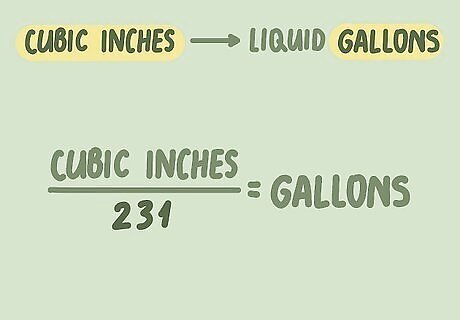
Divide by 231 to convert cubic inches to gallons. Remember that you’re using the most common “gallon” here—the U.S. liquid gallon—instead of alternatives like the U.S. dry gallon or U.K. liquid gallon, both of which require different conversions. With that taken care of, you simply need to divide by 231 to get your answer here. Example: The volume of a tank is 3042 cubic inches. Find the volume in gallons.3042 cubic inches * (1 gallon / 231 cubic inches) = 3042 / 231 = 13.17 gallonsFinal answer: 13.17 gallons
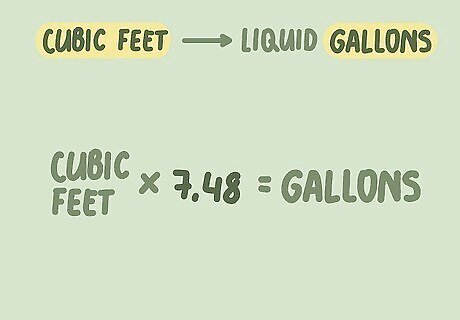
Multiply by 7.48 to convert from cubic feet to gallons. A cubic foot has significantly more volume than a gallon, so it's easier to multiply rather than divide in this instance. Alternatively, you can divide by 0.134 to get the same result (for instance, 2 * 7.48 and 2 / 0.134 both equal 14.96). Example: The volume of a tank is 3.5 cubic feet. Find the volume in gallons.3.5 cubic feet * (7.48 gallons / 1 cubic foot) = 3.5 * 7.48 = 26.1 gallonsFinal answer: 26.1 gallons

Convert from cubic yards to gallons by multiplying by 201.97. If you know the volume of a container in cubic yards and need to find that volume in gallons, multiply the number of cubic yards by 201.97. If you don’t need your result to be completely precise, it’s okay to multiply by 200 instead. Example: The volume of a pool is 1.86 cubic yards. Calculate the volume in gallons.1.86 cubic yards * (201.97 gallons / 1 cubic yard) = 1.86 * 201.97 = 375.66 gallonsFinal answer: 375.66 gallons
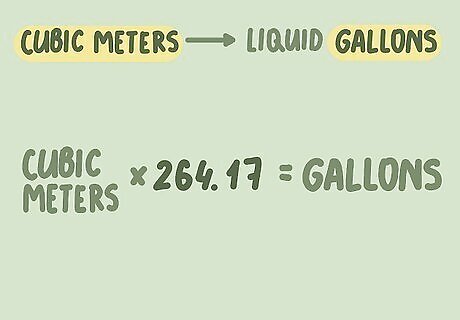
Determine gallons from cubic meters by multiplying by 264.17. The metric cubic meter is somewhat larger than the imperial cubic yard. Instead of multiplying by just over 200, then, you’ll have to multiply by over 260 in this case—264.17 to be exact. Example: The volume of a pool is 8.12 cubic meters. Find the volume in gallons.8.12 cubic meters * (264.17 gallons / 1 cubic meter) = 8.12 * 264.17 = 2145.06 gallonsFinal answer: 2145.06 gallons
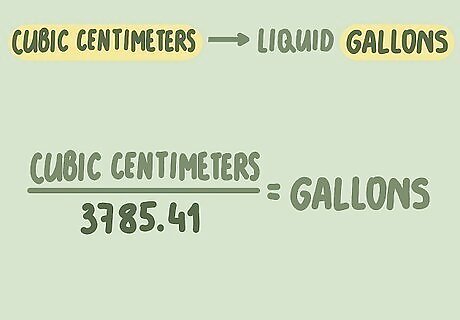
Convert cubic centimeters to gallons by dividing by 3785.41. In other words, there are 3785.41 cubic centimeters in 1 gallon. Use this number to do some quick division if you need to find the volume of a container in gallons when you have the volume in cubic centimeters. Example: The volume of a tank is 7982.09 cubic centimeters. Convert this value into gallons.7982.09 cubic centimeters * (1 gallon / 3785.41 cubic centimeters) = 7982.09 / 3785.41 = 2.11 gallonsFinal answer: 2.11 gallons
Calculating the Volume of Various Containers
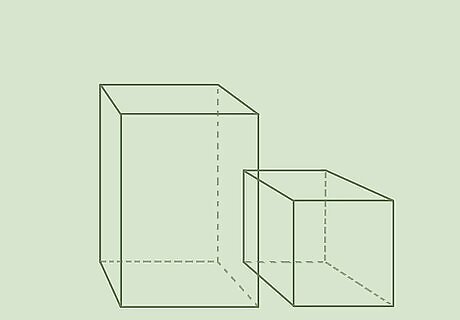
Determine the overall shape of the container. Before you figure out how many gallons a container can hold, you have to figure out the three-dimensional shape of the container. Different shapes—such as a cylinder and a cone—require the use of different volume formulas. Common container shapes include rectangular prisms (which include cubes), cylinders, cones, pyramids, and spheres. If the container is made up of multiple regular shapes—for instance, a pyramid on top of a cube—treat each part as a separate container. Determine the volume of each component separately, then add the amounts together to get the total volume.

Estimate or calculate the volume of an irregularly-shaped container. Some containers—for instance, an oddly-shaped swimming pool—just don’t fit neatly into a regular shape pattern. In many instances, your easiest option is to estimate the volume based on the regular shape the container most closely approximates. For example, if the pool is nearly a rectangular prism, you might just treat it as a rectangular prism. The easiest way to precisely determine the volume of an irregularly-shaped object is by placing it in a graduated cylinder and measuring the change in the water level inside the cylinder. This isn’t practical if you’re trying to figure out the volume of a large container like a swimming pool, though!
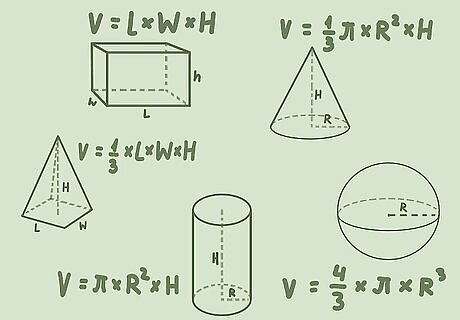
Choose the volume formula to use based on the container’s shape. Each regular shape has a unique volume formula, so make sure you pick the right one! For example: Rectangular prism: L * W * H (L = length, W = width, H = height) Regular pyramid (with a square base): (1/3) * (L * W) * H Cylinder: π * R * H (π [pi] = approximately 3.14; R = radius [half of the diameter]; H = height) Cone: (1/3) * π * R * H Sphere: (4/3) * π * R
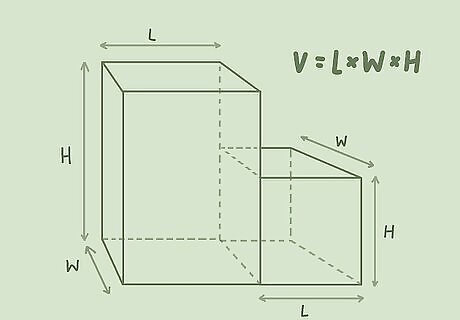
Calculate the container’s volume based on its measurements. Plug the appropriate size measurements into the correct formula, then calculate away! For example: Rectangular prism (measurements in inches): 104 [L] * 52 [W] * 98 [H] = 529984 cubic inches Regular pyramid (in meters): (1/3) * 1.92 [L] * 2.3 [W] * 2.1 [H] = 3.09 cubic meters Cylinder (in centimeters): 3.14 [π] * 271 [R] * 893 [H] = 205930032.82 cubic centimeters Cone (in feet): (1/3) * 3.14 [π] * 2.0 [R] * 2.0 [H] = 8.4 cubic feet Sphere (in meters): (4/3) * 3.14 [π] * 1.75 [R] = 22.45 cubic meters
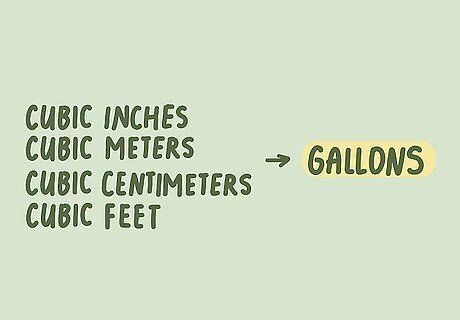
Convert the volume measurement into gallons if necessary. With a little quick multiplication or division, you’ll be all finished! Based on the examples above, for instance: Convert from cubic inches to gallons by dividing by 231: 529984 / 231 = 2294.3 gallons Convert from cubic meters to gallons by multiplying by 264.17: 3.09 * 264.17 = 816.29 gallons Convert from cubic centimeters to gallons by dividing by 3785.41: 205930032.82 / 3785.41 = 54400.88 gallons Convert from cubic feet to gallons by multiplying by 7.48: 8.4 * 7.48 = 62.8 gallons Convert from cubic meters to gallons by multiplying by 264.17: 22.45 * 264.17 = 5930.62 gallons














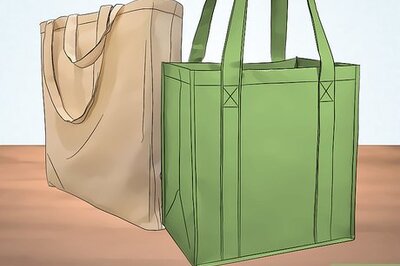
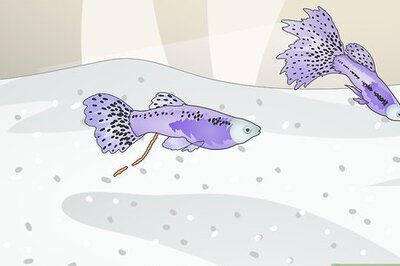



Comments
0 comment